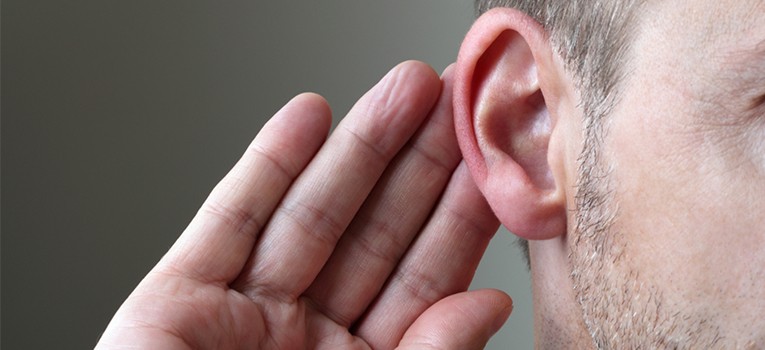It is possible today to treat deafness with a variety of surgical procedures, depending on nature of hearing loss, its cause and the severity.
Hearing loss can be categorised into conductive when there is problem with the outer or the middle ear in passing sound onto the inner ear, sensorineural when in the inner ear either the receiver of sound(cochlea) or the inner hearing (auditory) nerve doesn’t detect sound, and mixed hearing loss, which is a combination of both.
Conductive hearing loss is mostly treatable by medicines or surgeries. Following are surgeries which can be advised to the patient depending on the diagnosis.
Stapedectomy
In the Otosclerosis there is an abnormal bone growth in the middle ear causing gradual conductive hearing loss. This is one of the common types of hearing losses and can be treated by stapedectomy, where the surgeon removes the stapes ossicle (smallest bone of body) and replaces it with an artificial prosthesis called piston (which could be made up of Teflon or titanium) .
Hearing after the surgery usually improves gradually over 3 weeks. The patient must avoid lifting heavy items for around 4-6 weeks and also ensure that water does not enter into the ear.
Tympanoplasty
Perforations (hole or rupture) in the ear drum occur in both children and adults as a result of injuries or infections. In many cases the perforations heal spontaneously, but when there is no recovery a microsurgery called Tympanoplasty is required, of which there are many kinds. In the simplest form of the surgery, a thin membrane like muscle sheath is placed over the perforation and sealed with packing. In case there is damage to the bones, the surgeon may do bone surgery for reconstruction of middle ear osscies (Ossiculoplasty) as well.
Before conducting the tympanoplasty surgery, it is essential to ensure that there is no infection in the ear or nose as the surgery will fail otherwise. Postoperative care in this case involves avoiding heavy weight lifting for few weeks in addition to not allowing water to enter the ear and keeping away from cold items
Myringotomy
When the middle ear gets infected as a result of persistent fluid accumulation in the cavity behind the ear drum, and the infection does not subside for over 6 months, a surgery procedure called myringotomy is recommended wherein tiny ventilation tube (grommets) are placed in the ear drum to facilitate fluid drainage. The patient can usually return to normal life the next day.
Senosrineural hearing loss is mostly permanent and cannot be treated by medicines or surgery. In selected cases Bone Conduction Hearing Aids (BAHA) or Cochlear Implant surgeries are advised.
BAHA
In this form of surgery the hearing device called bone anchored device is implanted in ear allowing for sound to be conducted via the bone rather than the middle ear. This device is recommended when patients have chronic infection in the ear canal or have very narrow or no ear canal or suffer from unilateral deafness.
Cochlear Implant (CI)
A CI enables patients to hear as it bypasses the damaged portions of the ear and stimulates the auditory nerve directly. Although a little different from normal hearing, a CI helps adults and children who are deaf or hard-of-hearing to process sound effectively.




